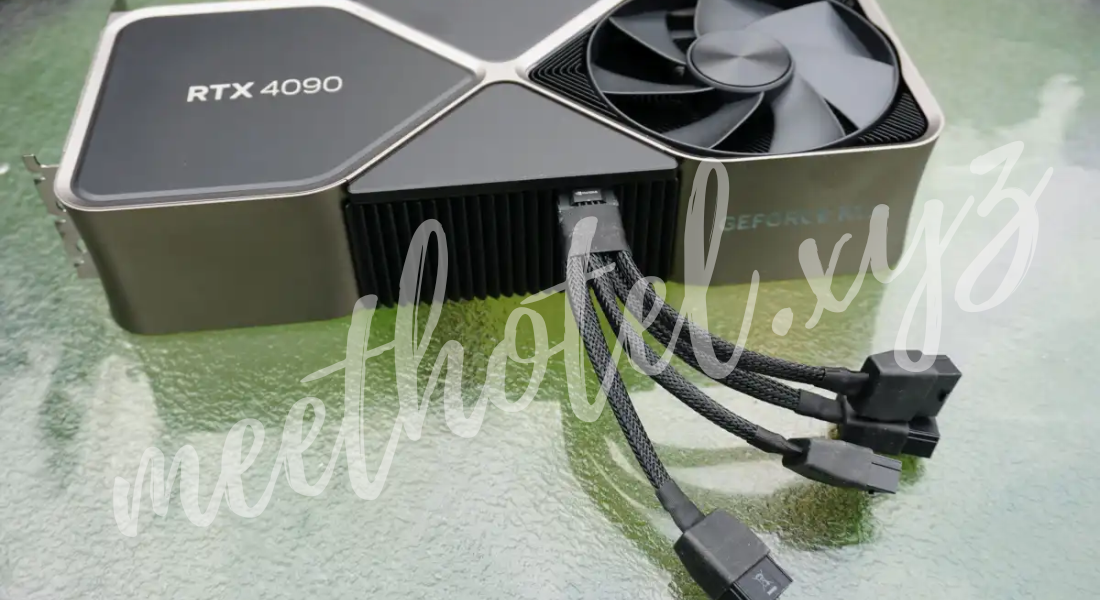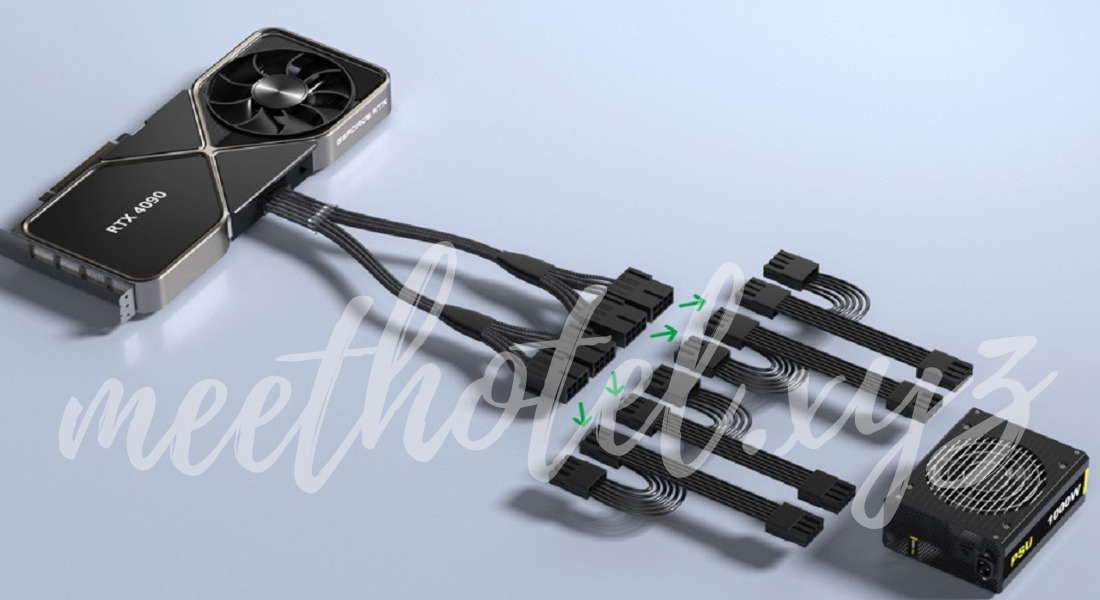Understanding RTX 4090 Power Requirements: What You Need to Know
The NVIDIA RTX 4090 graphics card is a true powerhouse in the world of gaming and content creation. Designed to meet the needs of professionals and enthusiasts alike, it delivers unprecedented performance across the board. However, with such high performance comes a serious demand for power. The RTX 4090 has specific power requirements that you need to understand to ensure that your setup can support it effectively. Failing to meet these requirements can lead to instability, reduced performance, or even hardware damage. In this guide, we’ll explore the critical details of the RTX 4090 power requirements, including recommended power supply options, best practices for installation, and tips to maximize efficiency while keeping your system stable.
Why Power Requirements Matter for the RTX 4090
The NVIDIA RTX 4090 is crafted to handle some of the most demanding graphics processing tasks available, from seamless 4K gaming experiences to high-end rendering for creative projects. However, meeting its power requirements is essential to maintain smooth, reliable performance. Insufficient power can result in system crashes, performance throttling, or even physical damage to the GPU over time, all of which can significantly impact your experience.
The RTX 4090’s high power needs stem from its advanced architecture. With more cores, faster clock speeds, and expanded memory bandwidth, the card demands far more energy than previous models. For instance, the card’s increased core count enables faster processing, while the boosted memory bandwidth facilitates quicker data transfers, especially in high-resolution gaming or complex rendering tasks. These upgrades translate to better performance but also mean higher power consumption.
Power Requirements for the RTX 4090: Recommended Specifications
According to NVIDIA, the RTX 4090 requires a minimum 850-watt power supply for basic functionality. However, many experts suggest opting for a 1000-watt PSU to ensure stability, especially in systems with additional components such as high-performance CPUs, extra RAM, or extensive cooling systems. This additional wattage provides a buffer, ensuring your GPU receives consistent power even when other components are under load.
When selecting a power supply, look for a unit with an 80 Plus Gold or Platinum efficiency rating. These ratings signify better efficiency, meaning the PSU converts a higher percentage of input power into usable energy for your components. This reduces heat output and power waste, both critical factors when dealing with a high-demand GPU like the RTX 4090.
How Much Power Does the RTX 4090 Need?
According to NVIDIA, the RTX 4090 requires a minimum power supply of 850 watts. However, this is the bare minimum for a basic setup. If you’re running a system with additional components like multiple storage drives, a high-performance CPU, or RGB lighting, you may want to consider a 1000-watt power supply or even more to ensure stability under heavy loads.
When choosing a power supply for the RTX 4090, opt for a high-quality PSU with an 80 Plus Gold or Platinum rating. These ratings indicate better efficiency, meaning less power waste and heat, which is critical when dealing with a power-hungry GPU.
Key Power Supply Factors for the RTX 4090
Before you buy a power supply, keep in mind several essential factors:
- Wattage: As mentioned, NVIDIA recommends a minimum of 850 watts, but more is often better. An 850-watt PSU might work, but a 1000-watt supply offers a buffer for system upgrades.
- Efficiency Rating: Look for 80 Plus Gold or Platinum. Higher efficiency means less wasted power and heat, which keeps your system cool and stable.
- Number of Connectors: The RTX 4090 uses a unique 12-pin power connector, though some versions may come with adapters for dual 8-pin connectors. Make sure your PSU supports this setup.
- Voltage Regulation and Stability: Choose a PSU with tight voltage regulation to maintain consistent power flow. This helps prevent voltage fluctuations that can damage components over time.
Installing the RTX 4090: Best Practices
Installing a high-power GPU like the RTX 4090 requires some planning:
- Use Quality Cables: NVIDIA provides a 12-pin adapter, but it’s wise to use high-quality cables that come with your power supply if available. Poor-quality cables can lead to resistance, reducing the power delivered to your GPU.
- Check Case and Airflow: High-power GPUs generate a lot of heat. Make sure your case has adequate ventilation. Consider adding extra fans or upgrading your cooling system to maintain optimal temperatures.
- Avoid Overclocking Initially: Although tempting, avoid overclocking your RTX 4090 right after installation. Let your system stabilize and monitor temperatures under load to ensure it can handle the added stress.
- Regularly Monitor Power Usage: Using monitoring software, keep an eye on your system’s power draw. This helps detect any issues early and ensures your PSU can handle the GPU’s needs.

Managing Power Efficiency for the RTX 4090
Even though the RTX 4090 is a power-hungry GPU, there are ways to optimize efficiency:
- Optimize Game Settings: Run games on optimized settings rather than maxing out every option. This can reduce power draw while maintaining excellent performance.
- Use NVIDIA’s Power Management Options: NVIDIA Control Panel offers power management settings. Set the power mode to “Optimal Power” when you don’t need maximum performance, which can save energy.
- Invest in Energy-Efficient Components: Using efficient RAM, SSDs, and CPUs can lower overall system power consumption, making it easier for your PSU to handle the load.
- Keep Your System Clean: Dust can cause overheating, which forces your GPU to work harder, consuming more power. Regularly clean your PC to maintain airflow and cooling.
Choosing the Right PSU for Your RTX 4090 Build
When shopping for a power supply, it’s essential to consider the following:
- Modular vs. Non-Modular: Modular PSUs allow you to connect only the cables you need, reducing clutter and improving airflow. This is beneficial for high-power setups like those with the RTX 4090.
- Noise Levels: Some high-wattage PSUs can be noisy. Look for units with “eco” modes that reduce fan noise under low loads.
- Brand Reputation: Stick to reputable brands like Corsair, EVGA, or Seasonic. These manufacturers have established reliability and quality control, which is crucial for high-performance setups.
Alternative Power Options: Dual PSU Setups
For extreme cases, some builders consider a dual PSU setup. While not common, this approach involves using two separate power supplies to power a single system. One PSU powers the GPU, while the other handles the remaining components. This setup can increase overall power capacity, but it’s more complex and may require specialized adapters.
A dual PSU setup is typically only necessary for overclocked, multi-GPU systems. However, for most users, a single high-wattage PSU with quality components should be sufficient.
Summing Up: Preparing for the RTX 4090’s Power Needs
The RTX 4090 is a powerful, demanding GPU that requires a robust power setup to perform optimally. Choosing the right power supply, cables, and system components can make all the difference in achieving stable performance.
In summary, here’s a quick checklist:
- Power Supply Wattage: 850 watts minimum; 1000 watts recommended.
- Efficiency Rating: Go for 80 Plus Gold or Platinum for better efficiency.
- Connector Compatibility: Ensure your PSU has the proper 12-pin or dual 8-pin connectors.
- Cooling System: Optimize your case cooling for better airflow.
- Monitor Power Usage: Use software to monitor power draw and temperatures.
By following these guidelines, you’ll be ready to unlock the full potential of your RTX 4090 without risking system instability. With the right setup, this GPU will provide an impressive boost to your gaming or content creation experience, making it worth the investment in additional power requirements.
